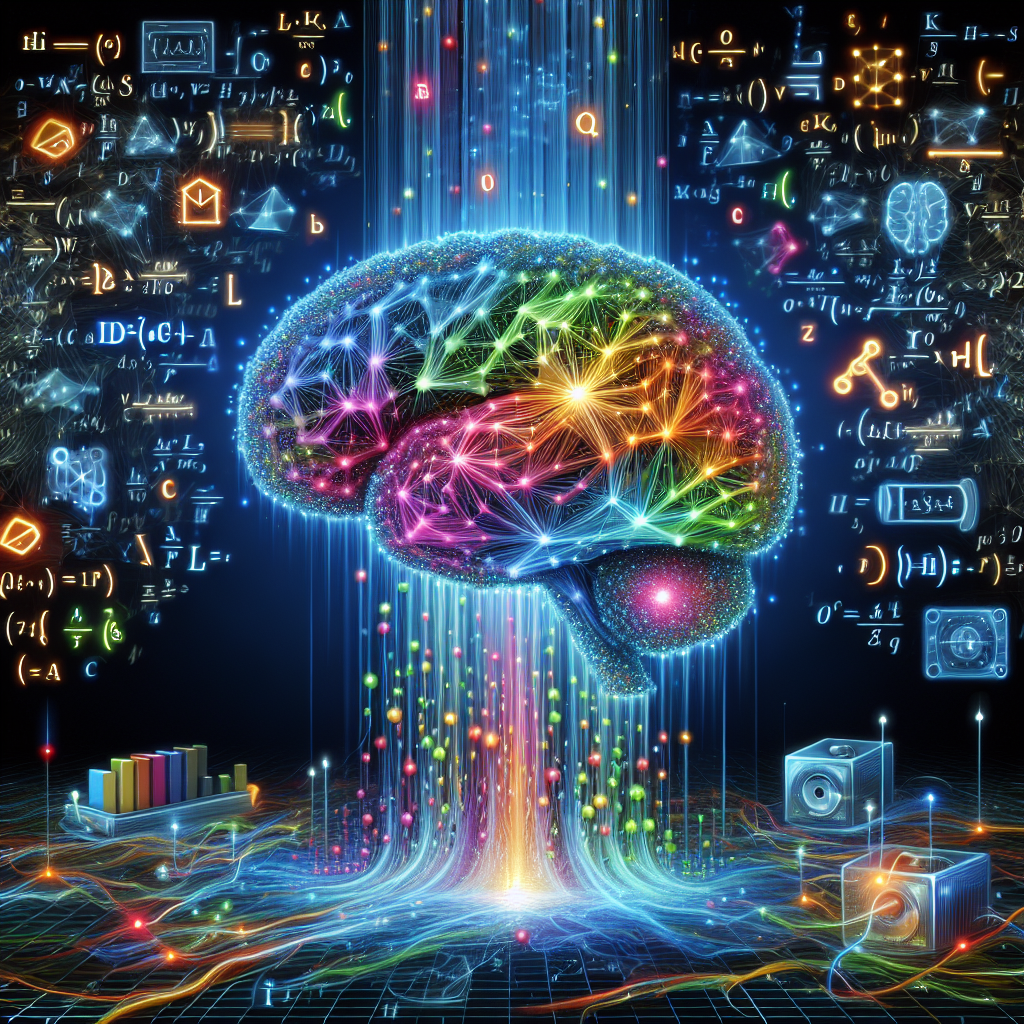Introduction
Deep Reinforcement Learning (DRL) is a powerful approach to training agents to perform tasks in complex environments. By combining deep learning techniques with the principles of reinforcement learning, DRL has achieved remarkable success in various domains, including game playing, robotics, and autonomous driving. However, the complexity and sophistication of DRL algorithms can make them seem daunting to newcomers.
Algorithms
There are several key algorithms that form the foundation of Deep Reinforcement Learning:
1. Deep Q-Networks (DQN)
DQN is a seminal algorithm in the field of DRL that uses a neural network to approximate the Q-function, which estimates the expected future rewards for different actions. By training the network to minimize the difference between predicted and actual rewards, DQN can learn successful strategies for a given task.
2. Policy Gradient Methods
Policy Gradient methods directly optimize the policy (i.e., the agent’s decision-making strategy) rather than estimating value functions. By using gradient ascent on the policy parameters, these methods can learn effective policies through trial and error.
3. Actor-Critic Methods
Actor-Critic methods combine the benefits of both value-based and policy-based approaches by maintaining separate networks for the policy (actor) and value function (critic). This allows the agent to learn both what actions to take and how valuable those actions are in different states.
Techniques
In addition to algorithms, there are various techniques that can enhance the performance and stability of Deep Reinforcement Learning algorithms:
1. Experience Replay
Experience Replay involves storing agent experiences in a replay buffer and sampling from this buffer during training. By breaking correlations in the data and allowing for more efficient learning, Experience Replay can improve the convergence and stability of DRL algorithms.
2. Target Networks
Target Networks involve maintaining separate networks for target Q-values in DQN and target policy in Actor-Critic methods. By periodically updating these target networks with the parameters of the main network, the training process can be stabilized and accelerated.
3. Reward Shaping
Reward Shaping involves designing reward functions that provide additional guidance to the agent during training. By shaping the rewards to encourage desired behavior, reward shaping can speed up learning and help the agent discover successful strategies more efficiently.
Conclusion
Deep Reinforcement Learning is a powerful and versatile approach to training agents in complex environments. By understanding the key algorithms and techniques that underpin DRL, you can empower yourself to develop and deploy successful reinforcement learning systems. Whether you are interested in game AI, robotics, or any other application of DRL, mastering these principles will set you on the path to success.
FAQs
Q: What are some common challenges in Deep Reinforcement Learning?
A: Common challenges in DRL include instability during training, difficulties in exploration-exploitation trade-off, and issues with credit assignment.
Q: How can I get started with Deep Reinforcement Learning?
A: To get started with DRL, it is recommended to first learn the basics of reinforcement learning and deep learning. There are many online courses, tutorials, and open-source libraries that can help you dive into the world of DRL.
Q: What are some popular frameworks for implementing Deep Reinforcement Learning?
A: Some popular frameworks for implementing DRL include TensorFlow, PyTorch, and OpenAI Gym. These frameworks provide tools and resources for developing, training, and evaluating DRL algorithms.
